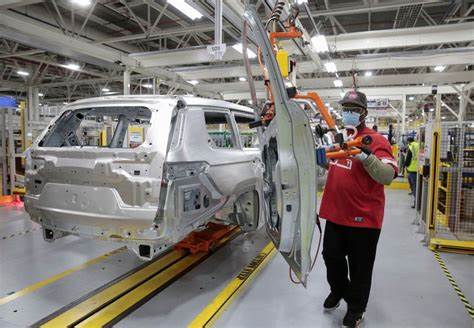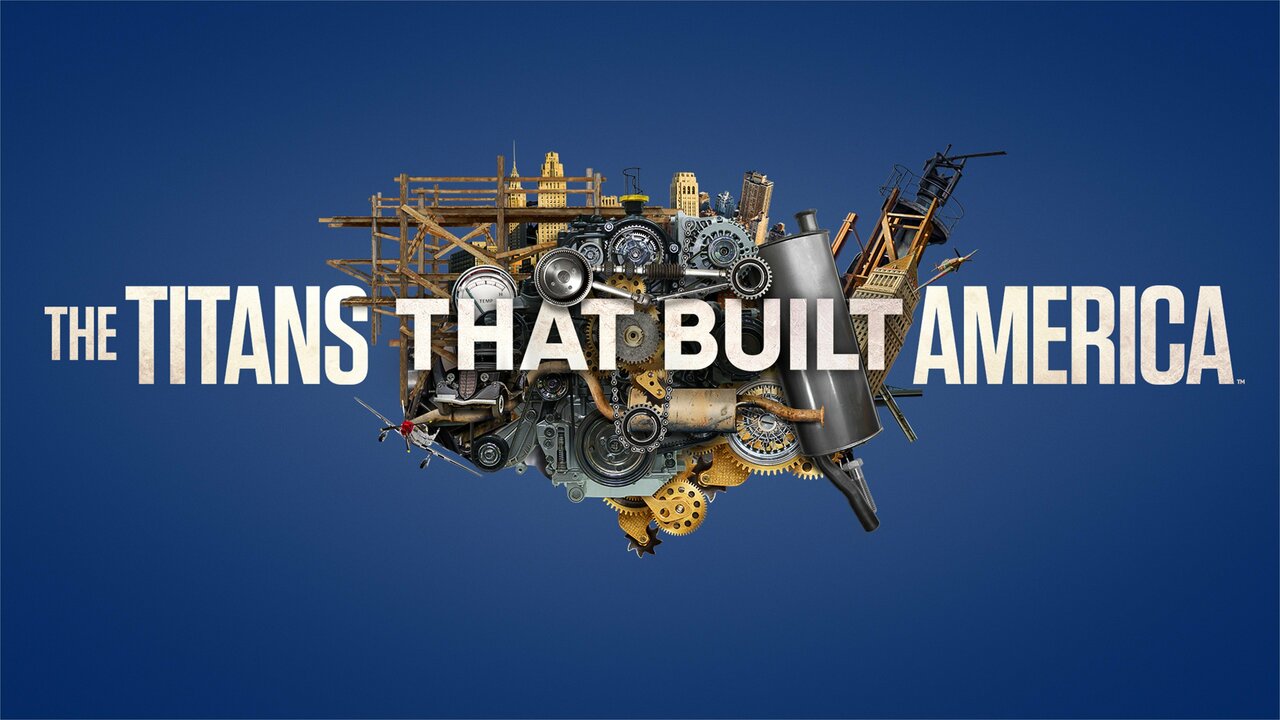The Big Three A Historical Overview
Contents
The term “Big Three” commonly refers to three major American automakers: General Motors (GM), Ford Motor Company, and Stellantis (formerly Fiat Chrysler Automobiles). These companies have collectively shaped the industry for over a century.
General Motors (GM)
Founded in 1908, General Motors quickly established itself as a leader in the industry. Known for its diverse range of brands, including Chevrolet, Cadillac, GMC, and Buick, GM has introduced groundbreaking innovations such as the automatic transmission, electric starter, and OnStar telematics.
Ford Motor Company
Founded by Henry Ford in 1903, the Ford Motor Company revolutionized manufacturing with the introduction of assembly line production. This innovation not only made automobiles more affordable but also transformed the manufacturing industry as a whole. The Model T, introduced in 1908, became a symbol of accessible mobility for millions.
Stellantis (Fiat Chrysler Automobiles)
Stellantis is the result of the 2021 merger between Fiat Chrysler Automobiles (FCA) and the PSA Group, creating one of the world’s largest automakers. FCA was known for its brands such as Fiat, Chrysler, Jeep, Dodge, and Ram. The merger with PSA Group brought brands like Peugeot, Citroën, and Opel/Vauxhall under the Stellantis umbrella.
Contributions and Innovations
- Mass Production: Ford’s introduction of the assembly line in the early 20th century transformed manufacturing processes and made automobiles more affordable and accessible.
- Vehicle Variety: GM’s diverse range of brands and models cater to a wide array of consumer preferences, from luxury to performance and utility.
- Global Presence: The Big Three have established a global footprint, impacting markets and cultures worldwide.
Challenges and Transformations
- Technological Shifts: The industry is facing rapid technological changes, including electric vehicles, autonomous driving, and connectivity, challenging the Big Three to adapt and innovate.
- Environmental Concerns: Pressure to reduce emissions and embrace sustainability is shaping the industry’s future direction.
The Continuing Legacy
The Big Three automakers continue to shape the automotive landscape, adapting to changing trends and emerging as leaders in innovation. As the industry evolves, their contributions will continue to influence how we drive, the vehicles we use, and the technological advancements that define the modern automotive experience.



